
False Hellebore
One of the most poisonous, yet beautiful plants of the coastal rainforest is false hellebore (also known as Indian hellebore).
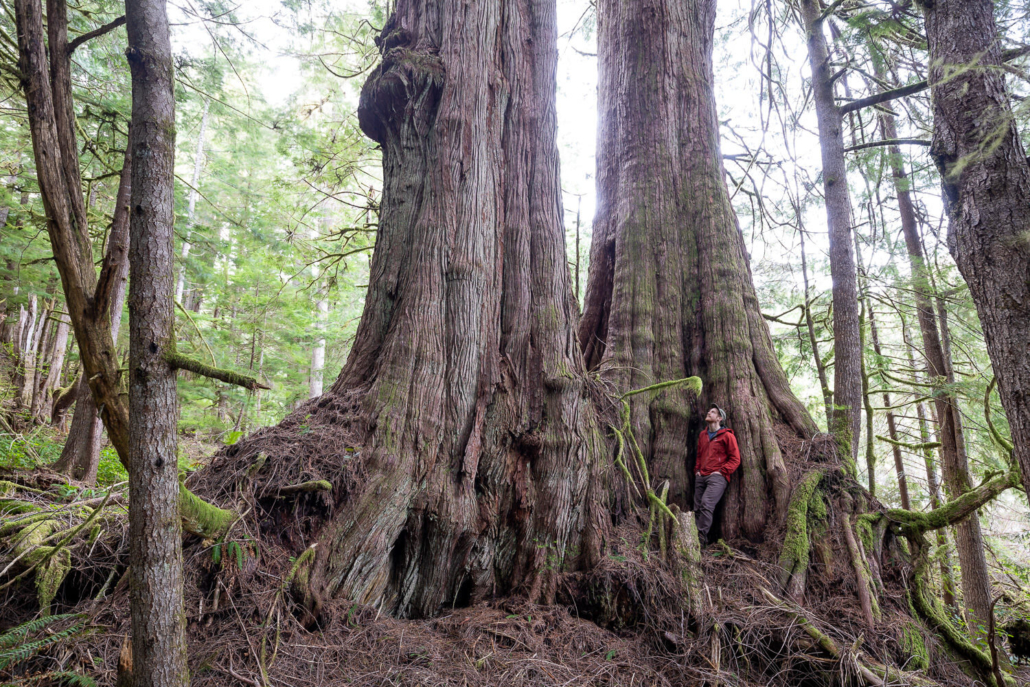
Double your impact when supporting AFA until July 15th!
We're grateful to announce that a generous supporter has offered to match donations made to the AFA dollar-for-dollar up to $20,000. This means for the next month when you donate to the AFA, your gift will have DOUBLE the impact!
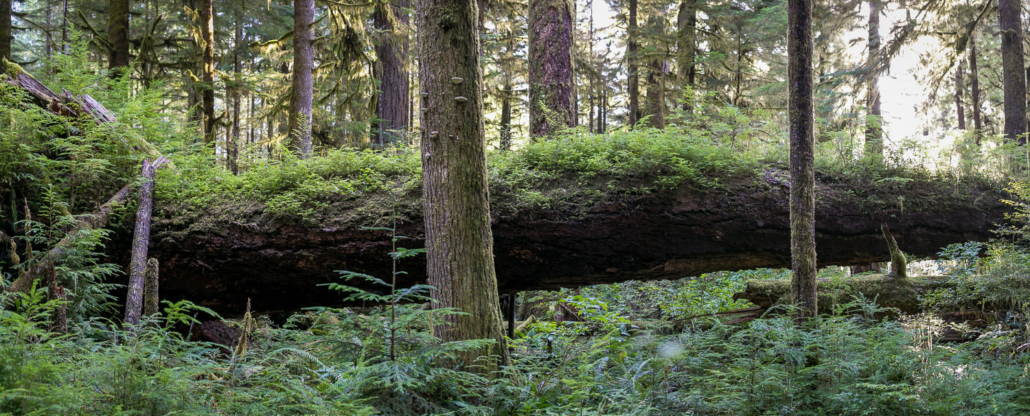
Nurse Logs
Nurse logs are a hallmark of the old-growth forest, where the slow death of ancient trees is the mechanism of forest renewal and rebirth — not only do they support the new growth of trees, they also a range of rainforest creatures.
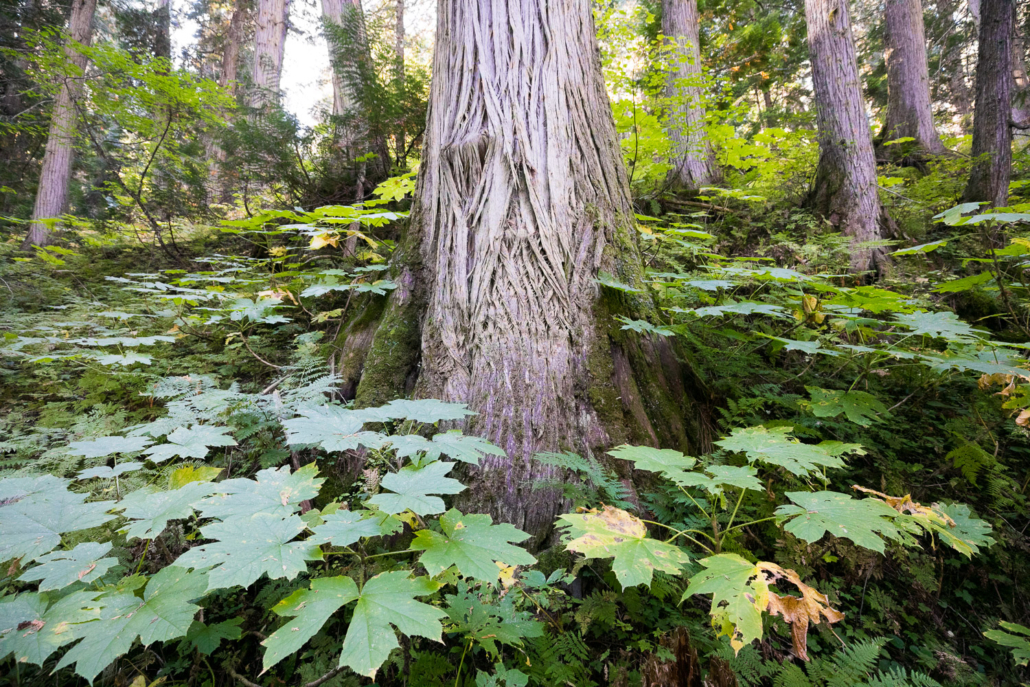
Devil’s Club
Devil’s club is one of the most dreaded banes of the coastal bushwhacker. Towering to over 16 feet (5 metres) high, this plant sports huge, maple-esque leaves and wicked spines coated in irritating oils.
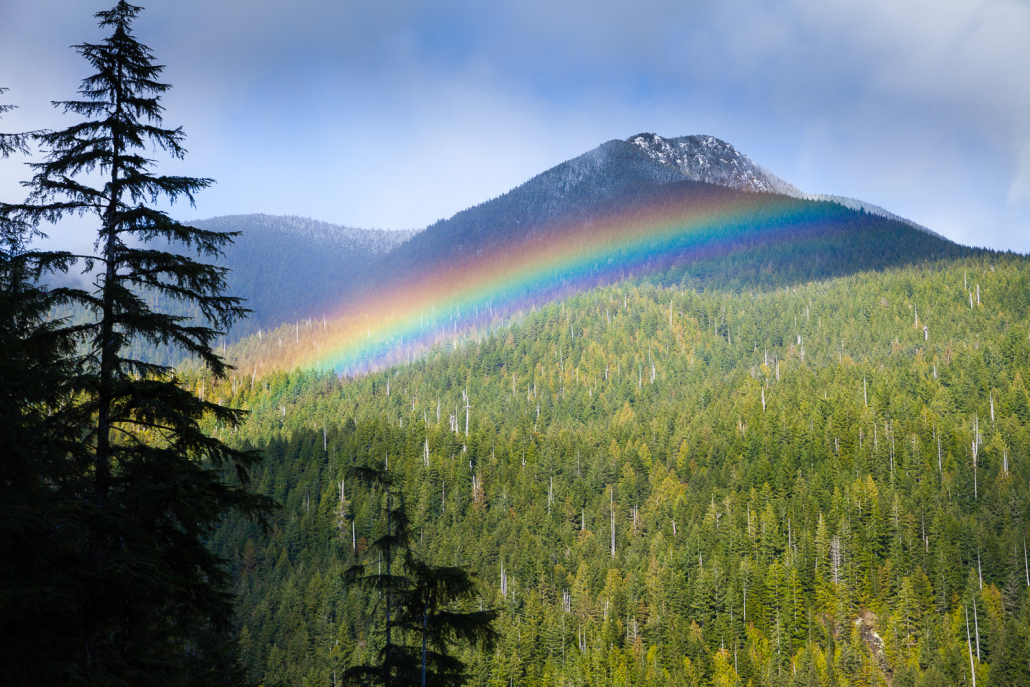
Happy Earth Day from the AFA!
Happy Earth Day from AFA! ? Here's what the Earth Day 2023 theme, "Invest in Our Planet", means to us.
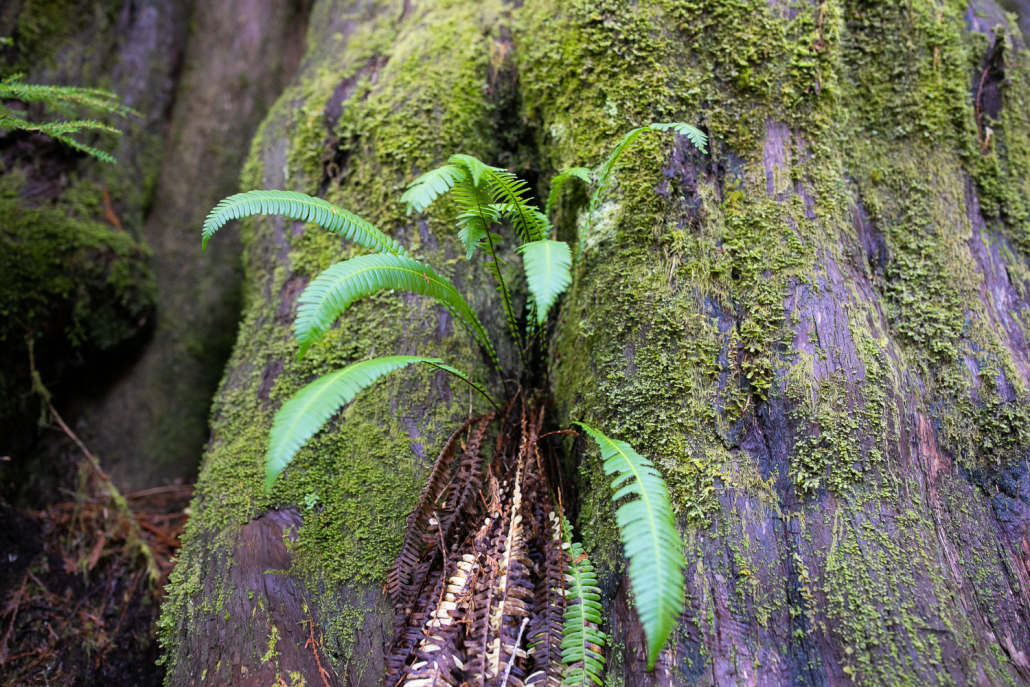
Deer Ferns
Deer fern is abundant in the coastal rainforest. Read on to learn more about these special rainforest dwellers.

Western Skunk Cabbage
A sure sign of spring on the west coast is the emergence of the spectacular western skunk cabbage.
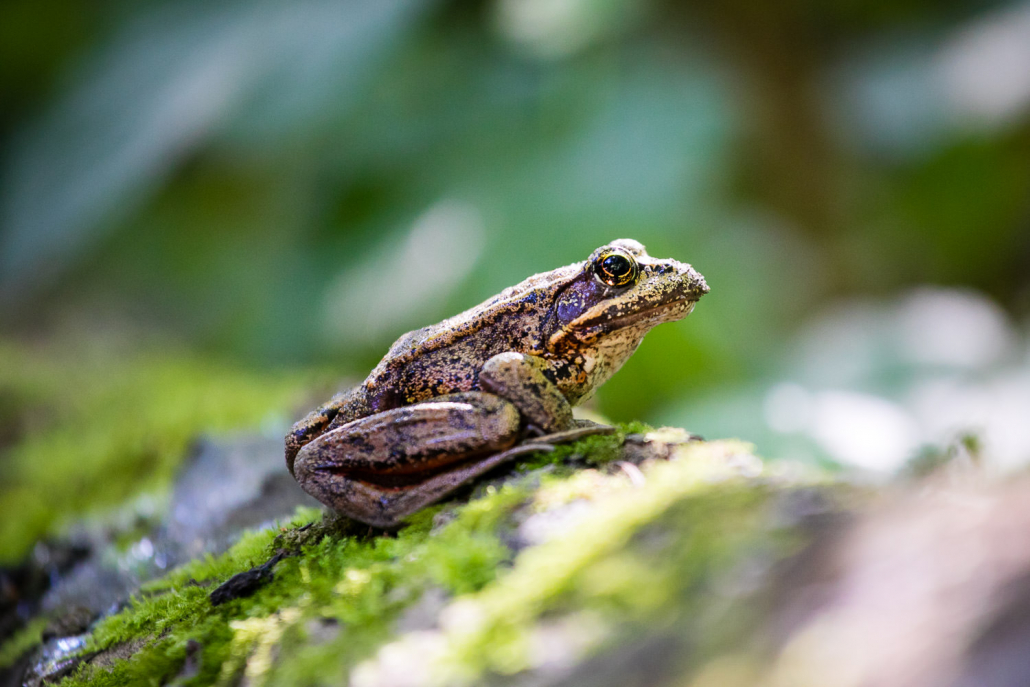
Red-Legged Frog
The red-legged frog is a beautiful and secretive inhabitant of the coastal rainforest.
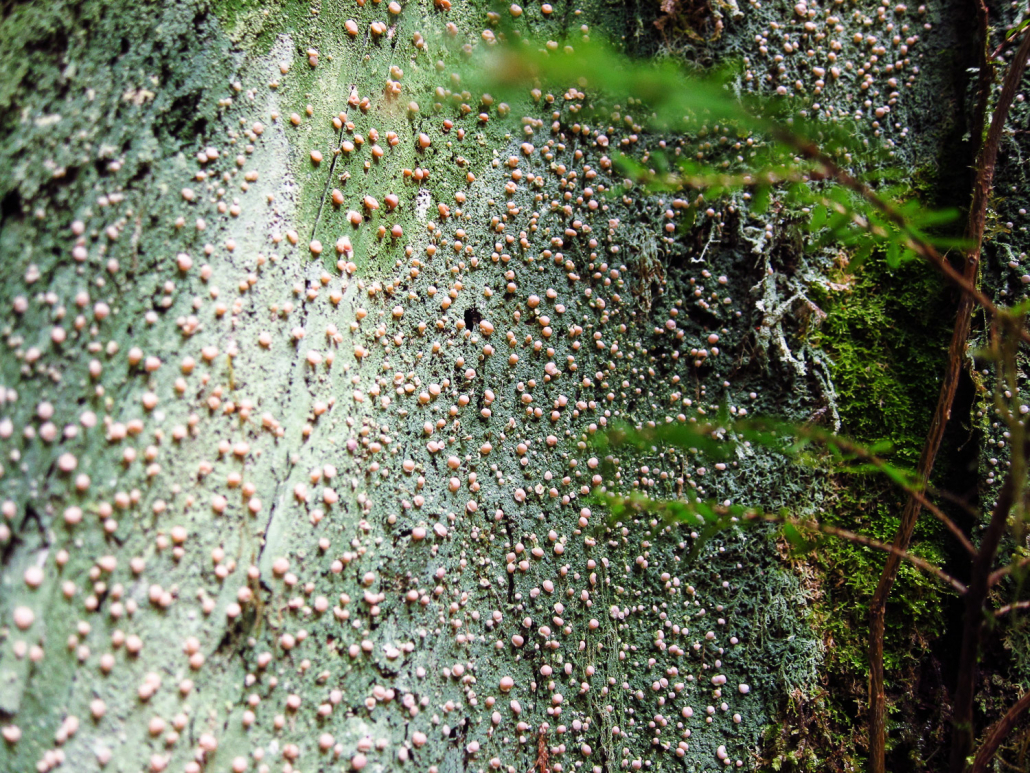
Fairy Puke Lichen
Among the myriad lichens that adorn and encrust the coastal rainforest, few are as striking as Icmadophila ericetorum. This mint-green carpet speckled with tiny pink globes is known as “peppermint drop lichen” or “candy lichen” to some, but in British Columbia, most prefer the evocative nickname “fairy puke lichen” to capture its unique blend of the sickly and the fanciful.

Lobaria Lichen
Lobaria lichens play a crucial role in forest ecology. They are able to accomplish the rare feat of fixing atmospheric nitrogen—an essential nutrient for plant growth, though almost no organisms are able to extract it from the air. These lichens mine this precious nutrient from the atmosphere and when they fall to the forest floor and decay, that nitrogen is made available to the entire ecosystem.
